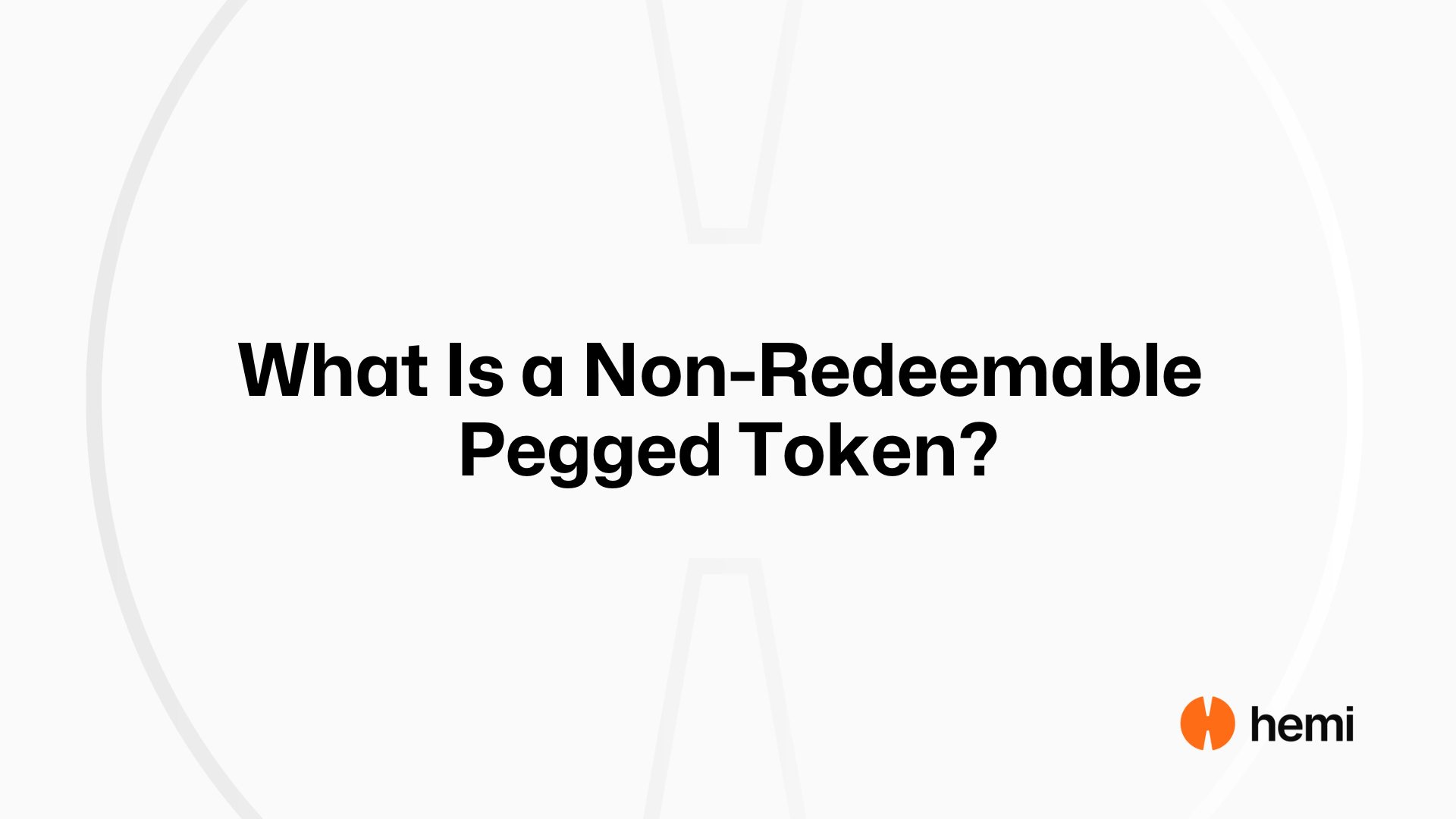What Is a Non-Redeemable Pegged Token?
A non-redeemable pegged token is priced one-to-one with another asset.

A non-redeemable pegged token is a digital asset designed to maintain a fixed value by linking it to another asset, usually a fiat currency like the U.S. dollar, euro, or British pound. This connection—often referred to as a “peg”—helps the cryptocurrency stay stable in price, unlike most other cryptocurrencies that experience high volatility. As the name suggests, it is not transferable for the asset in question.
The most common type of non-redeemable pegged token is a fiat-pegged stablecoin. These are tokens backed by reserves, such as cash or short-term securities, that match the token’s total value in circulation. For example, if a stablecoin is pegged to the U.S. dollar at a 1:1 ratio, then one token should always be worth one dollar. This structure allows users to hold or transfer digital value without worrying about sharp price swings.
Non-redeemable pegged tokens can also be tied to commodities like gold or to other non-USD fiat currencies. Some use crypto collateral or algorithms to hold their value. Algorithmic stablecoins adjust the token supply automatically in response to market demand, aiming to keep the price close to the peg.
Tether (USDT), USD Coin (USDC), and DAI are among the most widely used non-redeemable pegged tokens. They are used for trading, payments, and as a store of value, especially in situations where price stability is important.
By offering predictable value, non-redeemable pegged tokens play a key role in the broader crypto economy. They support everything from everyday payments to complex DeFi applications and give users an easy way to move between digital and traditional finance.